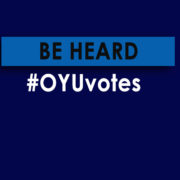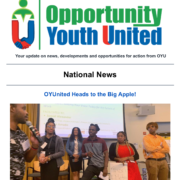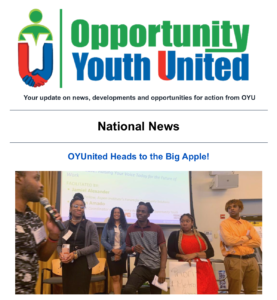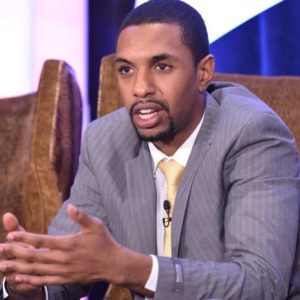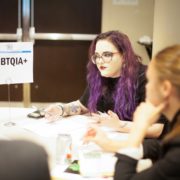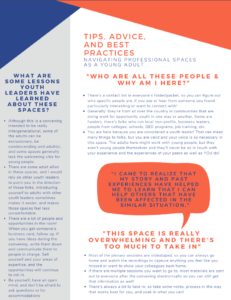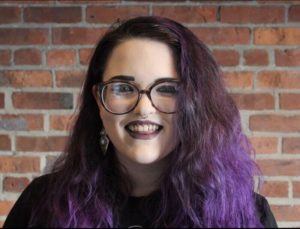Think Make Live Hosts 4th Annual Civic Engagement Forum
It’s important to actively confront an American culture that continues to disproportionately and systemically punish black and brown people across the country – from incarceration to portrayal in the media, and treatment at school. At last month’s 4th Annual Civic Engagement Forum on Ending The School To Prison Pipeline, hosted by Think Make Live Youth in Bexley, Ohio, a junior high student named Tremaine voiced that need and showed just how deeply these prejudices can run. “When a lot of people look at me, they look at me as crazy, they look at me as scary, they look at me as tough, as just a football player,” Tremaine said. “I want to be known more than that, I want to be known as the nice kid, I want to be known as the kid who actually knows how to excel in school.”
Taking place inside Bexley’s Capital University, the Forum amplified the voices of directly-impacted people and opportunity youth – young people between the ages of 16 and 24 who are not in school or the workforce – and talked about potential policy solutions to eliminate the school-to-prison pipeline. Among the more than 120 attendees, nearly half of them were young people, and some of the invited speakers included members of the local halfway house and currently-incarcerated citizens. Early on in the program, members of the Columbus Community Action Team made sure to set the intention and emphasize their role as facilitators, educators, and mentors. “Our mission is to help provide a voice for youth by organizing, participating in, and educating in community service projects where we can strengthen relationships for our youth,” they told attendees.
To Think Make Live Youth’s founder, Terry Green, 31, driving this conversation is important to guarantee youth success. As a teenager, he met his first mentor in prison while serving out a four-year sentence. Angela Bryant, a sociology professor at Ohio State University-Newark, taught courses at the facility where he was held via the Inside-Out Prison Exchange program.
“She believed in me and gave me experience not only inside but outside,” Green says. Shortly after his release, he reconnected with Bryant. With her help and encouragement, he was encouraged to visit Ohio State University – not as a student, but as a presenter. There, Think Make Live’s ideological root was first articulated publicly. “First, you think good thoughts of change. Then you make a positive change of actions and live the lifestyle of being changed,” he told the students.
In the intervening years, Green’s organization has grown into many things: a social justice consultancy firm centered on youth workforce development, the lead organization for several local summits and workshops, and a separate community-based and youth-led nonprofit network called Think Make Live Youth. As a model mentor, Green has been able to attend dozens of presentations at organizations and schools, passing on his expertise and passion to professionals, advocates, and local officials.
That collaborative mindset is within the organization, too. Founded in 2017, Think Make Live Youth was built to serve young people in the Columbus, Ohio area by creating a network of young professionals eager to learn and share resources. Now, Think Make Live Youth is primarily led by young people who advanced through the program. “Terry has a youthful heart and that’s what I love about him being my mentor,” Stacia Tabler, current President of Think Make Live Youth, says. “He’s actually giving roles to people and try to balance us out.”
Despite coming so far, Green hasn’t lost sight of the mentors that inspired him along the way, “[Bryant] gave me an opportunity to share my story. I survived homelessness. I watched my Mom get incarcerated and separated from my father. I was incarcerated for four years. But if I didn’t start this platform, I wouldn’t be able to do any of this,” he says.
______________________________________________________________________________________________________
 Jamal Stone is a Digital Engagement Associate at SparkAction, where he helps strategize and execute on content-driven campaigns, with a focus on equity, opportunity and youth justice. His writing has appeared in outlets such as Genius, Milk.xyz, and Broad Street Magazine, with a strong focus on how social justice intersects with art. More about Jamal.
Jamal Stone is a Digital Engagement Associate at SparkAction, where he helps strategize and execute on content-driven campaigns, with a focus on equity, opportunity and youth justice. His writing has appeared in outlets such as Genius, Milk.xyz, and Broad Street Magazine, with a strong focus on how social justice intersects with art. More about Jamal.
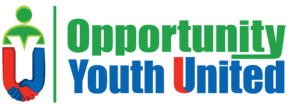
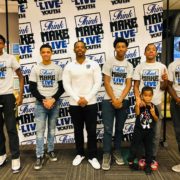
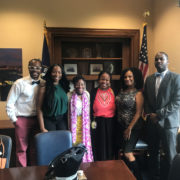
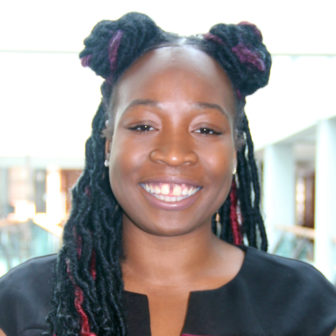
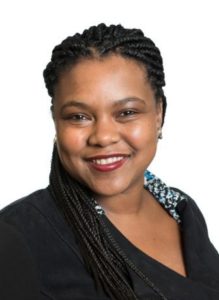
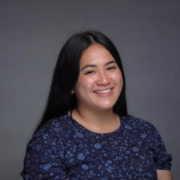
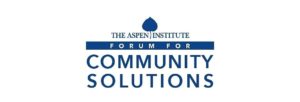
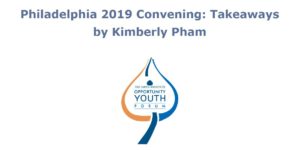
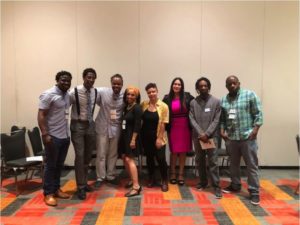
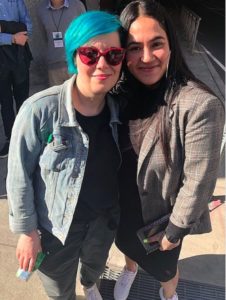
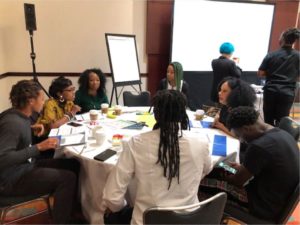
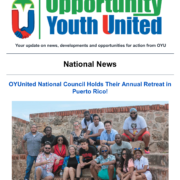
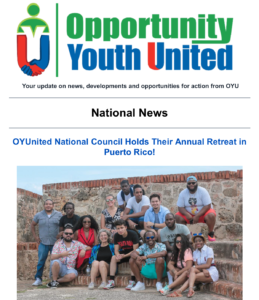
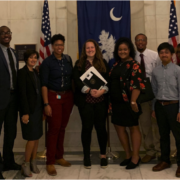
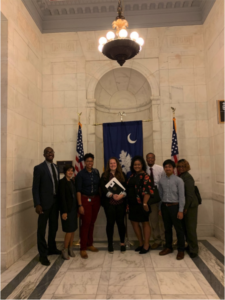
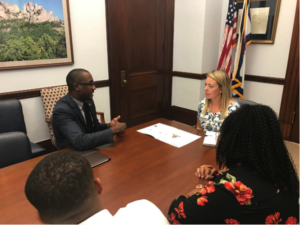
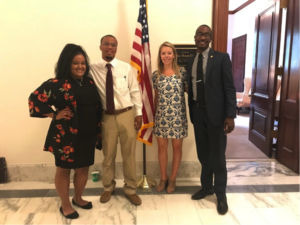
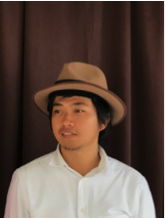
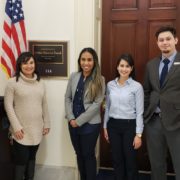
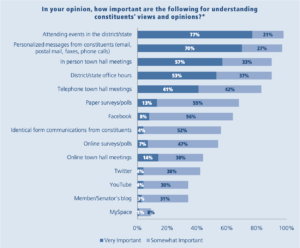
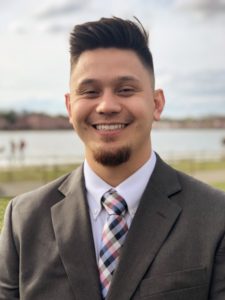 Adam Strong is a founding member of OYUnited and member of OYUnited’s National Council of Young Leaders. A passionate advocate and lifelong learner, he has six years of experience in national policy advocacy, using his skills in policy analysis and communication & strategy he aims to influence policymakers to implement policies that increase economic mobility and decrease poverty in America.
Adam Strong is a founding member of OYUnited and member of OYUnited’s National Council of Young Leaders. A passionate advocate and lifelong learner, he has six years of experience in national policy advocacy, using his skills in policy analysis and communication & strategy he aims to influence policymakers to implement policies that increase economic mobility and decrease poverty in America.